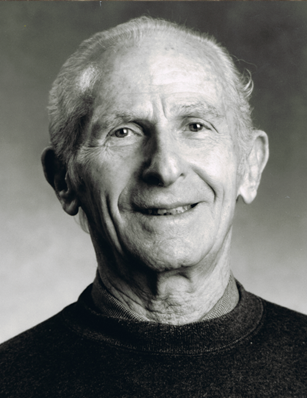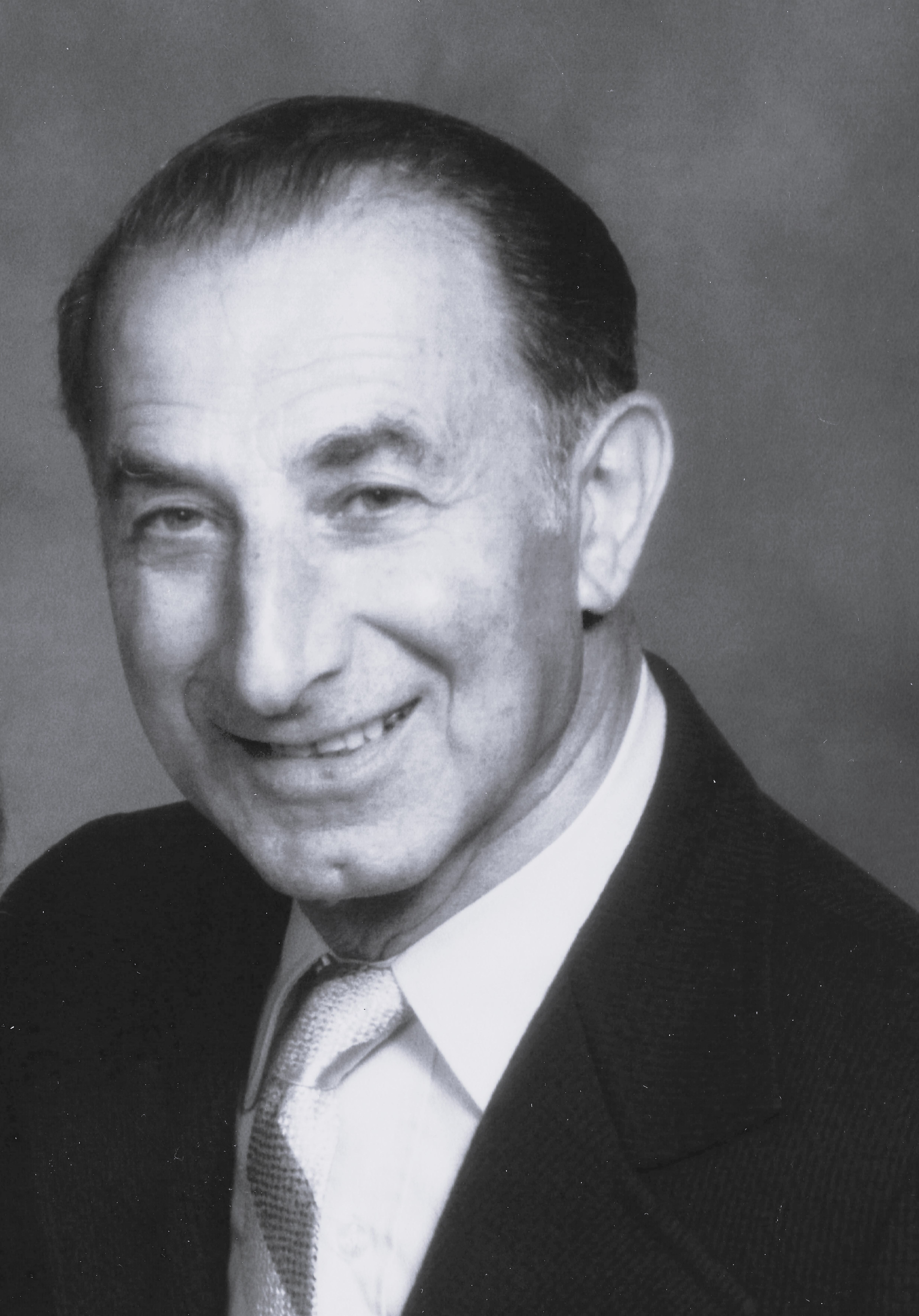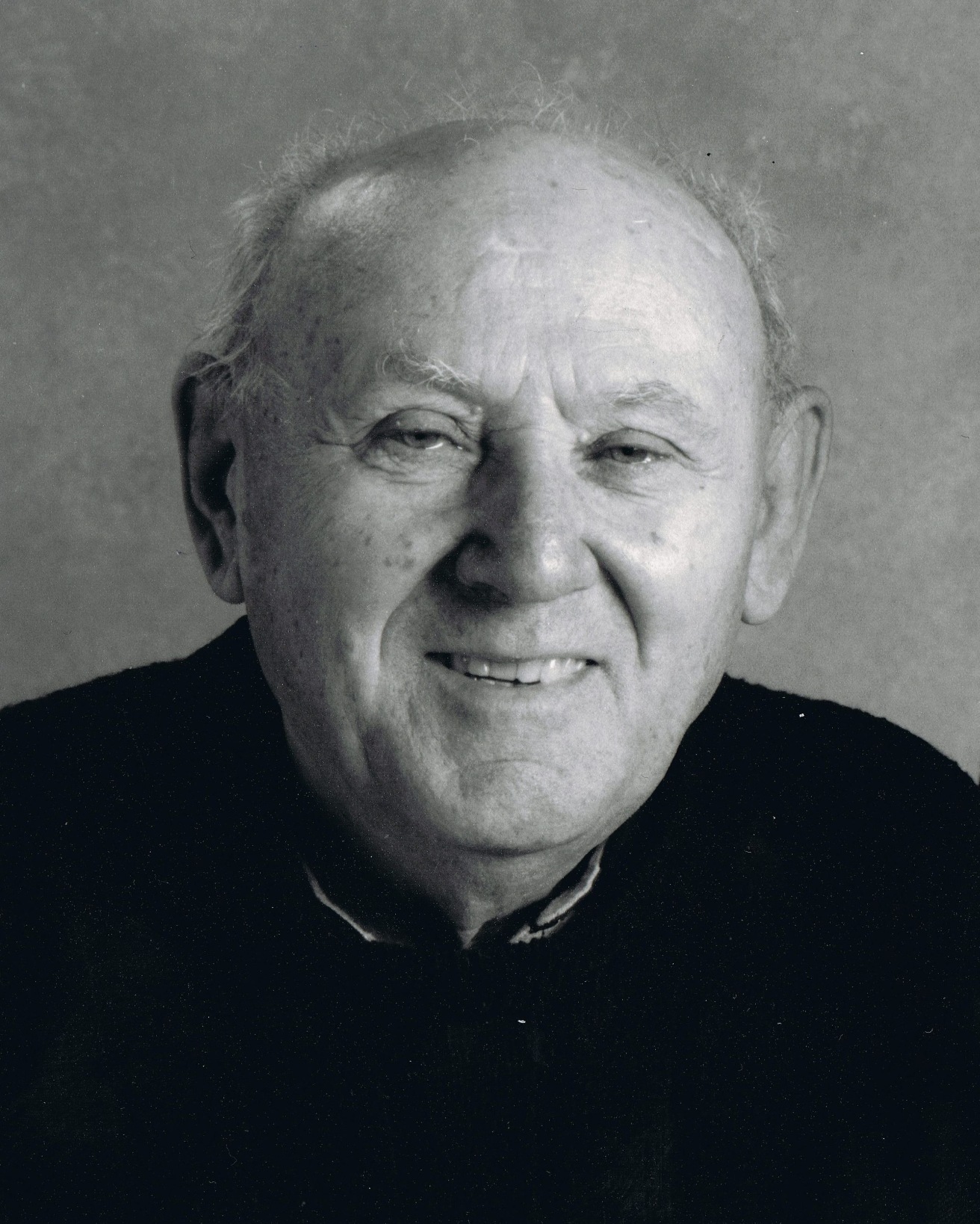Experience: Dachau
|
|
|
|
|
|

|
|
|
|
|

|
|
|
|
|
|
|
|
|
|
|
|
|
|
|
|
|
|
|
|
|
|
|

|
|
|
|
|
|
|
.png)
|
|
|
|

|
Dachau, located in southern Germany, near Munich, was the first Nazi concentration camp. It remained in operation for the entire period of the Third Reich, from 1933 to 1945.
The number of prisoners incarcerated in Dachau between 1933 and 1945 exceeded 188,000. The number of prisoners who died in the camp and the subcamps between January 1940 and May 1945 was at least 28,000. This number does not include deaths between 1933 and the end of 1939, as well as an uncounted number of unregistered prisoners. It is unlikely that the total number of victims who died in Dachau will ever be known.
A MODEL FOR CRUELTY, PERSECUTION OF JEWS
The original purpose of Dachau was to silence any opponents of the Nazis; it was also meant to scare Germans into obeying and supporting the Nazi regime. Used as a training center for SS concentration camp guards, the camp's organization and strict routine became the model for all Nazi concentration camps.
Dachau began operation in March 1933, soon after Hitler’s rise to power in Germany. Increasingly, more Jews were brought to Dachau as the Nazis' systematic persecution of Jews gained momentum. After Kristallnacht in November 1938, over 10,000 German Jews were imprisoned in Dachau. In 1942, when the "final solution" was implemented, Jews were sent from Dachau and other camps to extermination camps in Poland.
Dachau was surrounded by an electrified fence and a large ditch filled with water. Upon arrival at the camp, prisoners lost all rights, and their possessions were taken away. Their hair was shaved and they were dressed in striped prison uniforms. Each prisoner was given an identification number and a colored triangle, which signified their prisoner category. Working conditions were extremely harsh, and malnutrition was widespread.
FORCED LABOR FOR THE WAR EFFORT
The Nazis forced Dachau prisoners to build roads, work in quarries and drain marshes. As the war continued, and weapons production became increasingly important to the Nazis, thousands of Jewish prisoners from Hungary, Poland, Czechoslovakia, and the Soviet Union were brought to Dachau to work on armaments. Thirty-six large subcamps were added at Dachau in order to house 37,000 prisoners working at its arms factories. Private firms could also hire laborers, although the prisoners were given no wages. Prisoners would work until they became too sick to continue, at which point healthier inmates would replace them. Thousands of prisoners were worked to death.
MEDICAL EXPERIMENTS
In Dachau, as in other Nazi camps, German physicians performed medical experiments on prisoners, including high-altitude experiments using a decompression chamber, malaria and tuberculosis experiments, hypothermia experiments, and experiments testing new medications. Hundreds of prisoners died or were permanently disabled as a result of these experiments.
WORSENING CONDITIONS, DEATH MARCH, LIBERATION
During the months before Dachau was liberated, the prisoners lived under even worse conditions than before. Thousands of prisoners were brought from other camps that had been evacuated ahead of the quickly advancing Americans. Barracks built to house 200 prisoners were jammed with more than 1,600. A typhus epidemic swept through Dachau, killing 100-200 prisoners a day. Inmates formed an underground committee to help their fellow prisoners survive and resist plans to liquidate the camp.
On April 26, 1945, as American forces approached, there were 67,665 registered prisoners in Dachau and its subcamps; more than half were in the main camp. Of these, 22,100 were Jews. Starting that day, the Germans forced more than 7,000 prisoners, mostly Jews, on a death march from Dachau to Tegernsee far to the south. During the march, the Germans shot anyone who could no longer continue; many also died of hunger, cold, or exhaustion. In April 1945, American forces liberated Dachau. As they neared the camp, they found more than 30 railroad cars filled with bodies brought to Dachau, all in an advanced state of decomposition. In early May, the Americans liberated the prisoners on the death march.
After the war, 40 members of Dachau's SS staff were caught and tried for war crimes. Of those, 36 were sentenced to death.
- United States Holocaust Memorial Museum, courtesy of Kathleen Quinn
Contact us
thank you!
Your application is successfuly submited. We will contact you as soon as possible
thank you!
Your application is successfuly submited. Check your inbox for future updates.